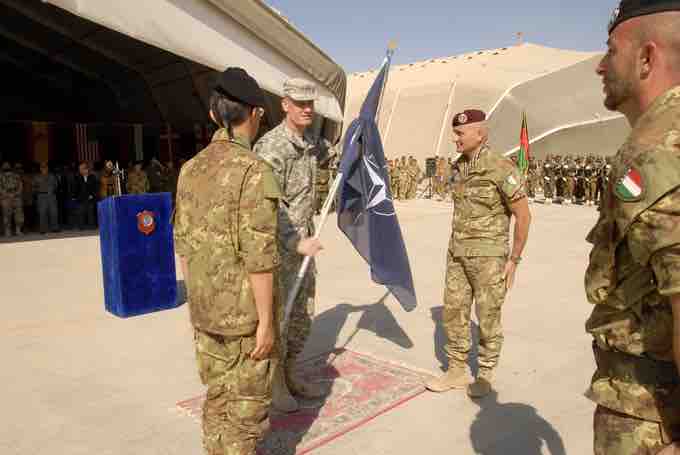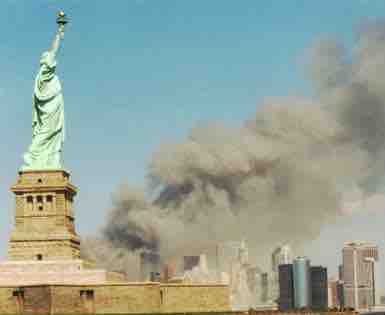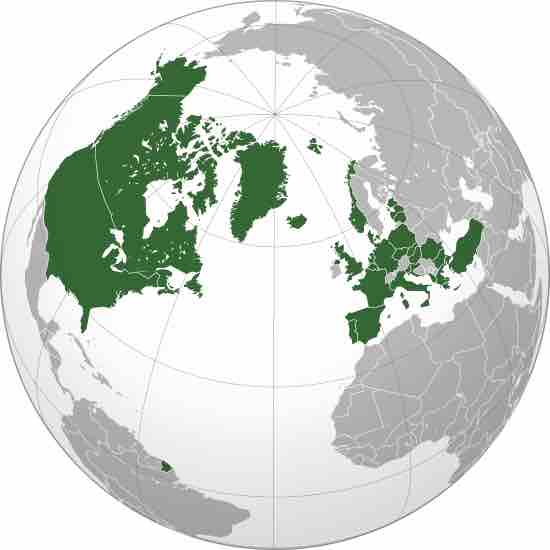Collective Military Force
A collective military force is what arises when countries decide that it is in their best interest to pool their militaries in order to achieve a common goal. The use of collective military force in the global environment involves two primary concepts: collective security and collective defense. These concepts are similar but not identical.
Collective Security
Collective security can be understood as a security arrangement, regional or global, in which each state in the system accepts that the security of one is the concern of all, and agrees to join in a collective response to threats to, and breaches of, the peace. Collective security is more ambitious than collective defense in that it seeks to encompass the totality of states within a region or indeed globally, and to address a wide range of possible threats.
Collective security is achieved by setting up an international cooperative organization, under the auspices of international law. This gives rise to a form of international collective governance, albeit limited in scope and effectiveness. The collective security organization then becomes an arena for diplomacy.
The UN and Collective Security
The UN is often provided as the primary example of collective security. By employing a system of collective security, the UN hopes to dissuade any member state from acting in a manner likely to threaten peace, thereby avoiding any conflict.
Collective Defense
Collective defense is an arrangement, usually formalized by a treaty and an organization, among participant states that commit support in defense of a member state if it is attacked by another state outside the organization .
NATO and Collective Defense
The North Atlantic Treaty Organization (NATO) is the best known collective defense organization . Its now famous Article V calls on (but does not fully commit) member states to assist another member under attack. This article was invoked after the September 11 attacks on the United States, after which other NATO members provided assistance to the US War on Terror in Afghanistan . As a global military and economic superpower, the US has taken charge of leading many of NATO's initiatives and interventions.

NATO in Afghanistan
In 2003, NATO took command of ISAF (International Security Assistance Force), which was the group of international troops operating in Afghanistan. This picture depicts a commander passing the NATO flag during a change of command in Afghanistan.

September 11 and Collective Defense
The 11 September attacks in the United States caused NATO to invoke its collective defense article for the first time.

NATO Coverage
This map depicts current members of the North Atlantic Treaty Organization, one of the primary examples of a collective defense organization.
Benefits and Drawbacks to Collective Defense
Collective defense entails benefits as well as risks. On the one hand, by combining and pooling resources, it can reduce any single state's cost of providing fully for its security. Smaller members of NATO, for example, have leeway to invest a greater proportion of their budget on non-military priorities, such as education or health, since they can count on other members to come to their defense, if needed.
On the other hand, collective defense also involves risky commitments. Member states can become embroiled in costly wars in which neither the direct victim nor the aggressor benefit. In the First World War, countries in the collective defense arrangement known as the Triple Entente (France, Britain, Russia) were pulled into war quickly when Russia started full mobilization against Austria-Hungary, whose ally Germany subsequently declared war on Russia.
Using Collective Military Force: The 1991 Gulf War
The Gulf War (2 August 1990 – 28 February 1991), codenamed Operation Desert Storm, was a war waged by a UN-authorized coalition force from 34 nations led by the United States, against Iraq in response to Iraq's invasion and annexation of Kuwait. This invasion is often given as an example of the successful deployment of a collective military force.
In August, 1990, Iraqi troops invaded Kuwait. This invasion met with unified international condemnation, and brought immediate economic sanctions against Iraq by members of the UN Security Council. U.S. President George H. W. Bush deployed American forces into Saudi Arabia, and an array of nations joined the coalition. In this conflict, the UN, the US, and other nations were united into a military force that successfully propelled the Iraqi aggressor out of sovereign Kuwait.